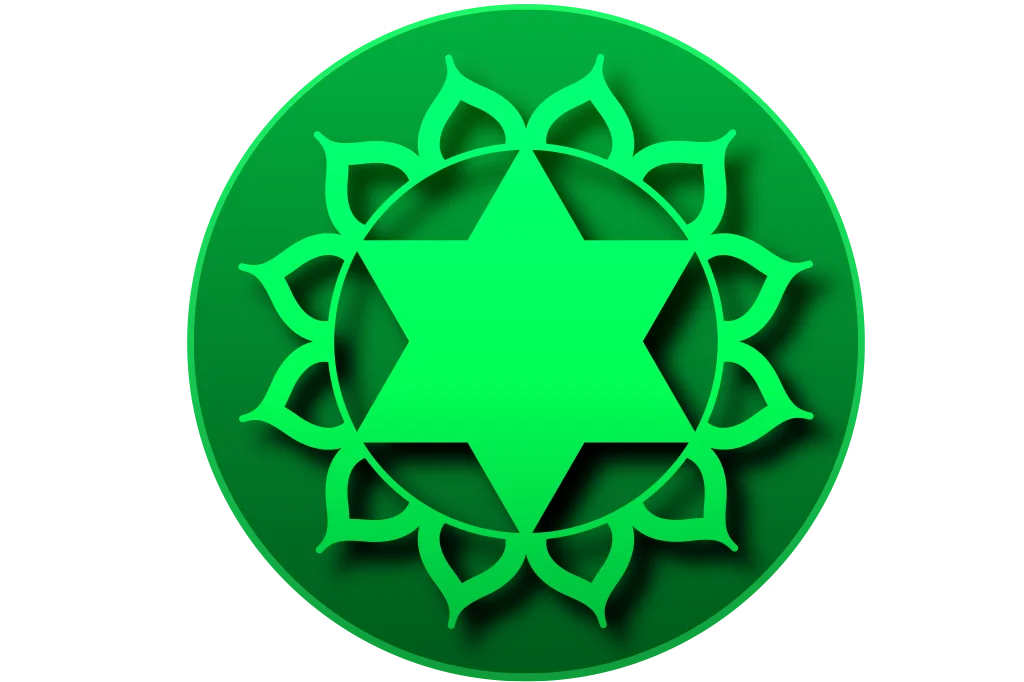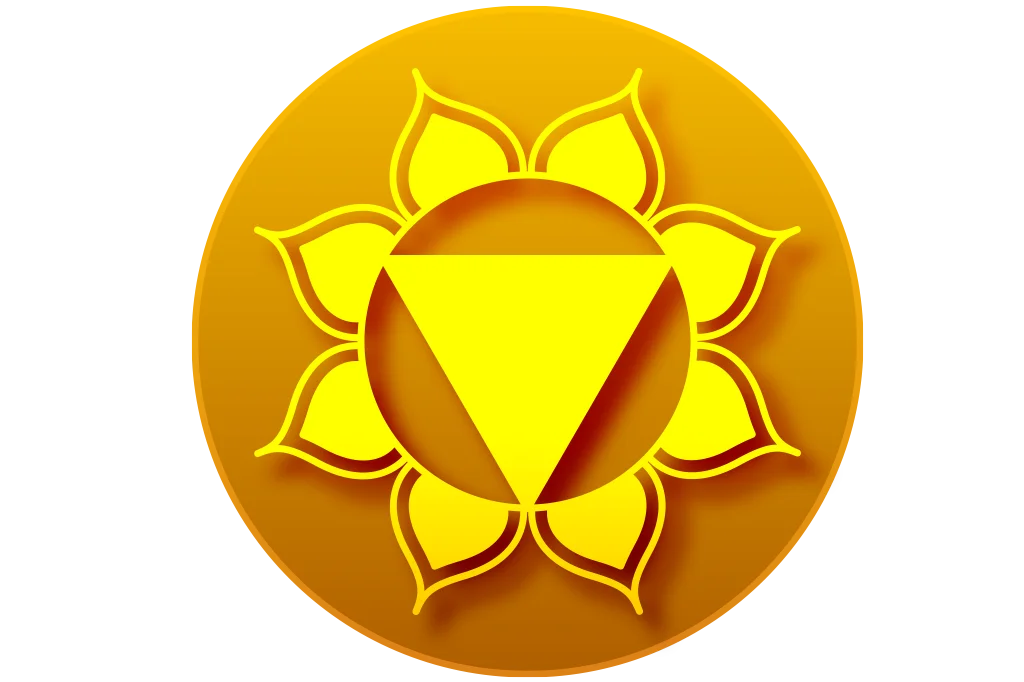Seven Chakras: An Ancient Guide to Modern Living
In today’s fast-paced world, the abundance of information presents a challenge in finding effective systems to navigate through overwhelming choices. As our culture evolves, new approaches become essential.
Here we will explore the ancient chakra system, offering profound insights into human consciousness and well-being. Jumping into the history, development, and significance of the seven chakras, we explore their potential in navigating the complexities of modern life.
History of the Chakra System
Rooted in the science and practice of yoga, the Chakra System finds its origins in the Vedas, the oldest written tradition in India. The visualisation of the chakras is associated with the chariot wheels (Chakra). They symbolise celestial order and balance; these energy centres became integral to the Tantric tradition. Chakras gained prominence in the West through translations of Tantric texts, offering insights into their roles as psychic generators within the subtle body.
Comprising seven main energy centres, the Chakra System influences our physical, emotional, and spiritual well-being. As we explore each chakra, from the foundational first to the transcendent seventh, we uncover the interconnectedness of our consciousness and the profound impact these energy centres have on our lives.
Metaphorically, chakras are vortices, spinning wheels of energy that attract, process, and transmit life energy. Corresponding to the nerve ganglia and glands, they influence both physical and mental states. The state of each chakra reflects patterns of behaviour and emotions. By understanding and working with these patterns, we can harness the transformative power of the Chakra System for healing and evolution.
Central to Hindu mythology, Shiva and Shakti represent the cosmic balance between pure consciousness and divine energy. The interplay between these principles emphasises the inseparable connection between the powerholder and the power itself, illustrating the intricate dance of cosmic energies within and around us.
- Dysfunctional: Minimal activity, deeply blocked, reflecting an imbalance that hampers overall well-being.
- Functional: Moderate flow characterises this level, although it is not optimised for peak performance.
- Balanced: Harmonious flow of energy promotes stability and equilibrium in the corresponding aspects of our being.
- Awakened: The pinnacle involves a state of pure and refined energy flow, representing the zenith of spiritual and mental well-being.
Direct, Traditional Path: This approach involves working directly on the chakras through energetic purification using practices such as meditation and energy healing.
Indirect Path: Focuses on responding to psychological and spiritual issues related to each chakra, addressing underlying challenges through trauma work and specific meditative practices.
Forming a linear and vertical ladder of development, the chakras range from the earthliest level to the highest spiritual realms. Sincerely addressing the psychological challenges of each chakra allows individuals to ascend the inner ladder and navigate psychological and spiritual evolution.
Exploring the Seven Chakras
Exploring the Seven Chakras

Crown Chakra (Sahasrara)
Location: The top of the head,
Colour: Violet/white,
Representation: spiritual connection, divine consciousness, and enlightenment.

Third Eye Chakra (Ajna)
Location: Between the eyebrows,
Colour: Indigo
Representation: Intuition, perception, and inner vision.

Root Chakra (Muladhara)
Location: The base of the spine,
Colour: Red
Representation: Stability, security, and connection to the physical world.
Conclusion
Stepping onto the sacred path of understanding and nurturing the seven chakras unfolds a transformative journey leading to mental harmony and spiritual enlightenment. Aligning these divine energy centres allows individuals to attain profound well-being, emotional maturity, and a sacred connection to their highest spiritual self. The ancient wisdom of the chakras serves as a sacred guide for those seeking a holistic approach to spiritual awakening and personal growth in the intricate tapestry of modern life.
- Patanjali’s Prayer Invocation
- What is Yoga
- History of Yoga
- Philosophy
- The 8 Limbs of Yoga
- Three Margas(Paths) of Yoga
- Asanas
- Prayanama
- Meditation
- Significance of Mudras
- Seven Chakras: An Ancient Guide to Modern Living
- Evolution & Lineages
- Yoga Masters
- Guru – Shishya Relationship
- Patanjali’s Yoga Sutras
- The Shrimad Bhagavad Gita




